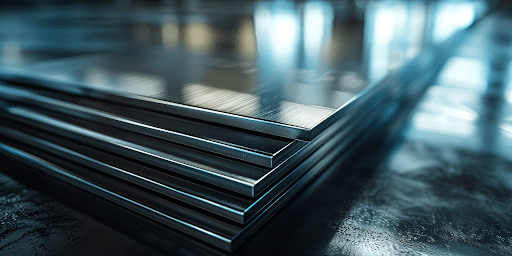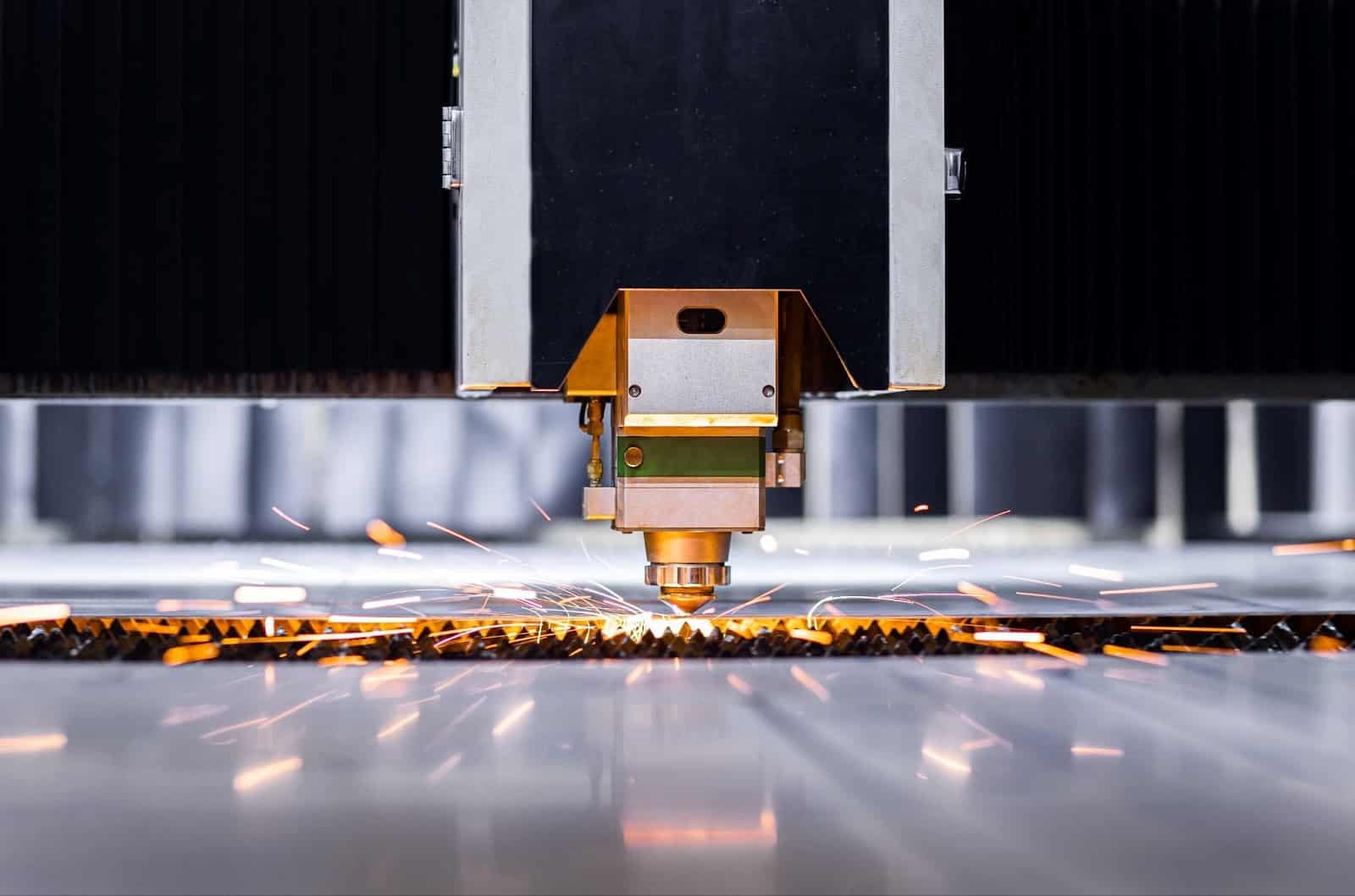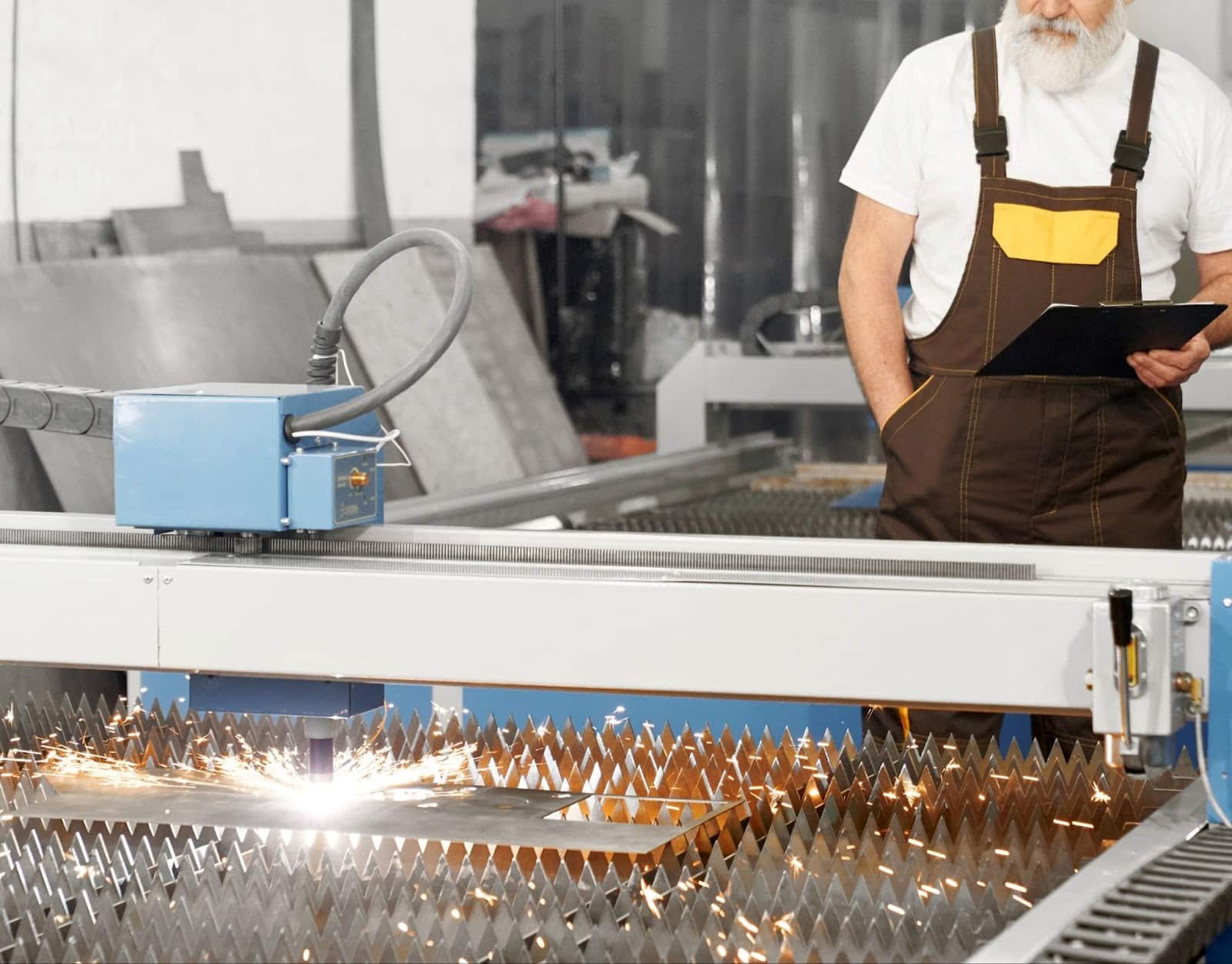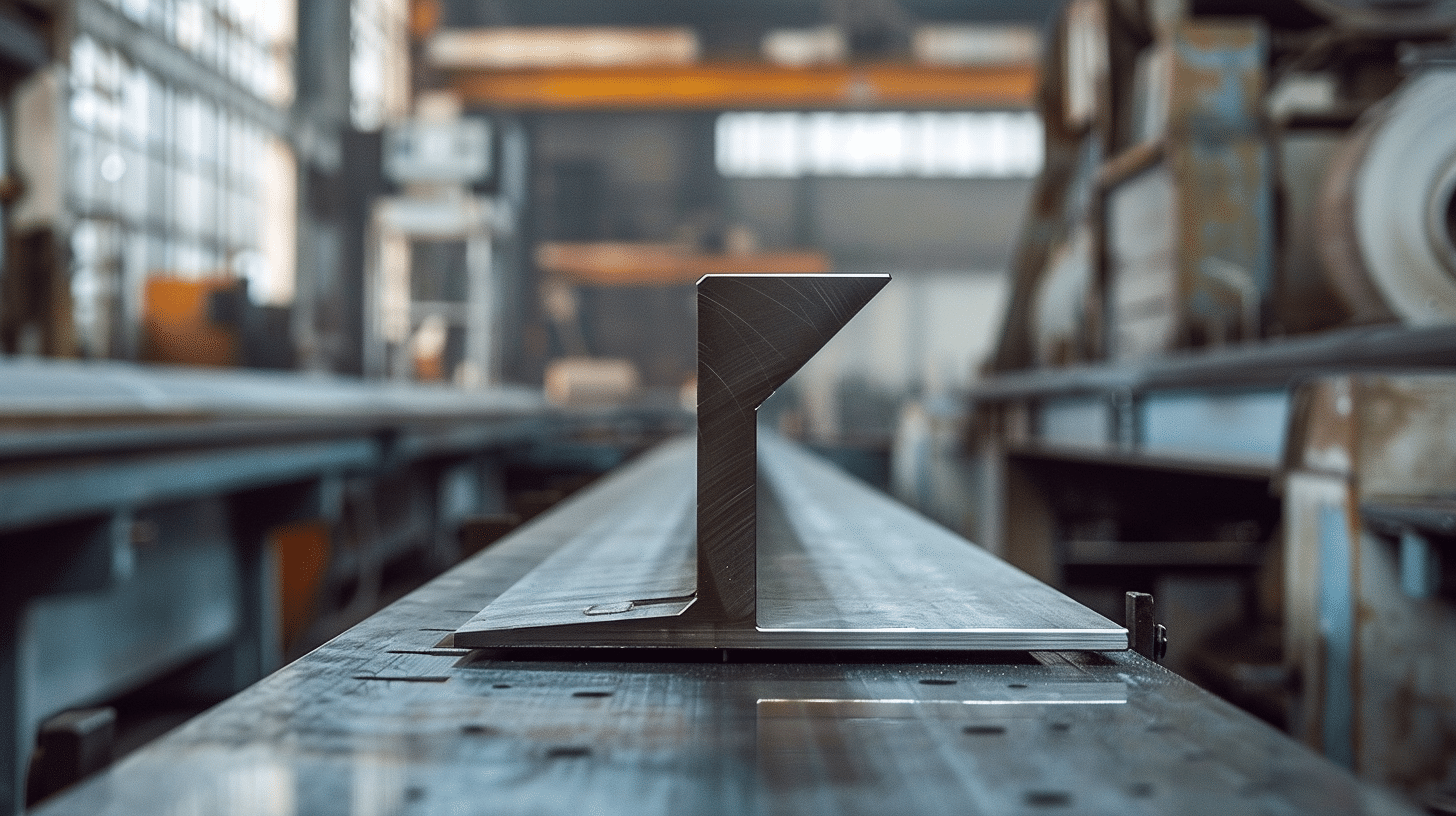Vertical integration in the sheet metal manufacturing industry is a strategic approach that involves combining various stages of production under one roof, from raw material procurement to the final product assembly. This comprehensive manufacturing model offers numerous advantages, including cost reduction, shorter lead times, improved product quality, and enhanced control over the production process. In this article, we explore the intricacies of vertical integration in sheet metal manufacturing, the benefits it brings to manufacturers and their partners, and the key components that make it a successful business strategy.
The Concept of Vertical Integration
Vertical integration refers to the consolidation of various production stages within a single company or facility. In the context of sheet metal manufacturing, this means that a company manages all aspects of the production process, from acquiring raw materials to fabricating components, assembling products, and delivering them to customers. By controlling the entire production chain, manufacturers can streamline operations, reduce costs, and ensure consistent product quality.
Different Types of Manufacturing Integration
Understanding the different types of manufacturing integration is crucial for optimizing the manufacturing process. From vertical and backward integration to horizontal strategies, each type plays a vital role in enhancing efficiency, controlling costs, and improving product quality throughout the supply chain.
Forward Integration
Forward integration involves a company expanding its operations into the downstream part of the supply chain. For instance, a sheet metal manufacturer might acquire or establish a distribution network or retail outlets. This strategy allows the company to directly control the end-user experience, enhance customer relationships, and capture additional profit margins.
Backward Integration
Backward integration occurs when a company expands into the upstream part of its supply chain. For example, a sheet metal fabricator might acquire a raw material supplier or start producing its own metal components. This approach helps reduce supply chain dependencies, lower production costs, and secure consistent material quality.
Horizontal Integration
Horizontal integration involves a company expanding its operations by acquiring or merging with other firms in the same industry at the same stage of production. For example, a precision sheet metal fabricator might acquire other fabricators to increase market share and leverage economies of scale, thereby enhancing its competitive position.
Conglomerate Integration
Conglomerate integration involves a company diversifying its operations into unrelated industries or markets. For example, a metal fabrication company might acquire a technology firm or a consumer goods company. This strategy spreads risk across different sectors, enhances business stability, and provides new growth opportunities beyond core manufacturing activities.
How Can I Ensure The Quality of Products Produced By a Contract Manufacturer?
Can Vertical Integration Merge with Other Forms of Manufacturing Integration?
Yes, vertical integration in manufacturing can merge with other integration strategies, including backward integration. This approach allows a company to streamline operations by incorporating upstream activities, thereby enhancing control over the entire production process. Combining these strategies can lead to improved efficiency and cost management across the supply chain.
Why Vertical Integration Matters
Vertical integration is crucial in the sheet metal manufacturing industry for several reasons:
- Cost Reduction: By integrating multiple stages of production, companies can eliminate the need for external suppliers, reducing vendor margins and corporate costs. This leads to competitive pricing for customers and higher profit margins for manufacturers.
- Improved Product Quality: With greater control over the production process, manufacturers can enforce stringent quality standards at every stage, resulting in high-quality products that meet or exceed customer expectations.
- Shorter Lead Times: Vertical integration allows for better coordination between different production stages, leading to shorter cycle times and faster turnaround. This is particularly important in high-volume production runs, where time is of the essence.
- Enhanced Supply Chain Management: By managing the entire supply chain, manufacturers can reduce dependencies on external suppliers, leading to more predictable and reliable production schedules.
- Increased Flexibility: Vertical integration provides manufacturers with the flexibility to adapt to changes in demand or product requirements quickly. This agility is crucial in industries where customer needs can evolve rapidly.
The Vertical Integration Process in Sheet Metal Manufacturing
The process of vertical integration in sheet metal manufacturing involves several key stages, each of which plays a critical role in the overall production chain. Let’s explore these stages in detail:
1. Raw Material Procurement
The first step in the vertical integration process is sourcing raw materials, such as sheet metal, from reliable suppliers. In a vertically integrated environment, manufacturers often establish long-term partnerships with metal service centers to ensure a consistent supply of high-quality materials. This step is crucial, as the quality of the raw material directly impacts the final product.
2. Design and Engineering
Once the raw materials are procured, the next step is design and engineering. In-house design engineering resources are essential for creating precise and functional product designs that meet customer specifications. A well-equipped engineering department can work closely with customers to develop custom solutions, ensuring that the final product meets all requirements.
3. Fabrication and Production
The fabrication stage is where the raw material is transformed into individual components. This stage involves various processes, such as laser cutting, bending, welding, and machining. In a vertically integrated facility, advanced technologies like tube laser technology and 8-kW fiber lasers are used to achieve high precision and efficiency in fabrication. This stage also benefits from automation, which reduces material waste and improves product consistency.
4. Assembly Operations
After the individual components are fabricated, they move on to the assembly stage. In a vertically integrated environment, assembly operations are performed in-house, allowing for greater control over the quality and accuracy of the final product. This stage may involve tasks such as welding, fastening, and finishing. By keeping assembly operations in-house, manufacturers can ensure that the final product meets all quality standards and customer requirements.
5. Quality Control
Quality control is an integral part of the vertical integration process. At each stage of production, from raw material procurement to final assembly, quality checks are performed to ensure that the product meets the highest standards. This rigorous quality control process is essential for maintaining product reliability and customer satisfaction.
6. Delivery and Distribution
The final stage of the vertical integration process is the delivery of the finished product to the customer. In a vertically integrated facility, manufacturers often have dedicated logistics and distribution capabilities, allowing them to manage the entire delivery process in-house. This ensures that the product reaches the customer on time and in perfect condition.
What types of industries typically use contract manufacturing?
Challenges and Considerations in Vertical Integration
While vertical integration offers numerous benefits, it also presents certain challenges that manufacturers must consider:
Capital-Intensive Investment
Vertical integration requires significant investment in capital-intensive manufacturing machinery and facilities. For example, setting up a vertically integrated sheet metal fabrication company may require substantial investment in advanced manufacturing systems, such as laser cutting machines, automation equipment, and smart factory technologies. Manufacturers must carefully assess the financial feasibility of such investments and ensure that they align with their long-term business strategy.
Complex Management Requirements
Managing a vertically integrated manufacturing facility can be complex, as it involves overseeing multiple stages of production and ensuring seamless coordination between them. Effective management practices, such as dedicated program management and continuous improvement initiatives, are essential for maintaining operational efficiency and achieving desired outcomes.
Risk of Overextension
Vertical integration can also lead to overextension if not managed properly. Manufacturers that take on too many stages of production may find it challenging to maintain focus and expertise in each area. This can result in inefficiencies, reduced product quality, and higher operational costs. It is important for manufacturers to carefully evaluate their capabilities and ensure that they have the necessary resources and expertise to manage a vertically integrated operation successfully.
Need for Specialized Expertise
Vertical integration often requires specialized expertise in various manufacturing processes, such as sheet metal fabrication, plastic injection molding, and advanced process automation. Manufacturers must invest in training and development programs to build and maintain this expertise, ensuring that their workforce is equipped to handle the complexities of a vertically integrated production chain.
What is a Vertically Integrated Contract Manufacturer?
A vertically integrated contract manufacturer is a company that not only provides outsourced manufacturing services but also controls multiple stages of the production process within its own operations. This integration typically includes handling everything from raw material sourcing to final assembly and delivery.
Key features:
- Controlled Supply Chain: The company manages both upstream and downstream activities, such as material procurement, production, and assembly, ensuring a consistent quality and streamlined process.
- Enhanced Efficiency: By integrating various stages of production, the contract manufacturer can reduce lead times, improve cost efficiency, and maintain tighter control over product quality.
- Custom Solutions: These manufacturers offer tailored services to clients, leveraging their in-house capabilities to meet specific requirements and provide comprehensive solutions.
- Reduced Outsourcing Dependence: Clients benefit from a single point of contact and reduced reliance on multiple external suppliers, leading to improved coordination and communication.
Overall, a vertically integrated contract manufacturer combines the benefits of outsourcing with the efficiencies of in-house production control, providing a more cohesive and reliable manufacturing solution.
Subcontract Your Metal Processing Needs with ACMG
At Alpha Contract Manufacturing Group, we deliver comprehensive industrial subcontracting services. Our experienced team manages all facets of manufacturing projects, from initial design to final delivery, leveraging a robust network of local partners. We provide tailored solutions, guiding clients through every stage and ensuring optimal results.
Explore our services:
- Machining
- Plastics
- Wood processing
- Rubber processing
- Laser cutting
- Metal processing
- Mechanically welded assembly
- Electromechanical
- Industrial painting
- Composites
- Industrial automation robotics
- Assembly manufacturing
Whether for short-term needs or long-term collaborations, our services streamline operations and drive success for businesses of all sizes.
